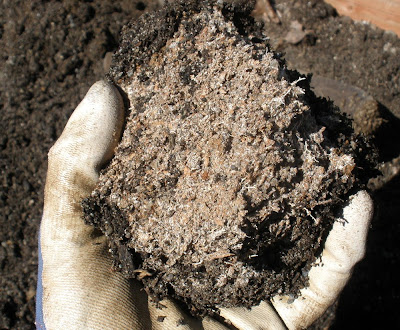You hear a lot these days about the plight of the poor old honey bee. They are dying by the billions due to pesticides, herbicides, and global warming... all that bad stuff that humans are creating. Along with these horrifying tales you also hear bits and pieces about how important bees are to our survival. As the main pollinators of plants that produce the fruit and vegetables that we consume each and every day, the collapse of the bee population is no good for us.
One of my dreams is to keep honey bees. The rewards are many: happy pollinators for 16 miles around (that's how far they can go), fresh honey, and good feelings of helping an important species thrive.
But I haven't gotten around to that yet. It seems like a lot of work, and to be honest, the idea of getting stung enough times until the bees get used to your scent is not a sacrifice I am willing to hurdle just yet.
So I'm doing the next best thing.
Mason bees. Have you heard of them? They're super cool and a great species to welcome into your garden for those less willing to endure the pain of honey bees.
Mason bees, also called orchard bees, are solitary, meaning they don't have colonies and all females are fertile. They lay their eggs in beetle holes made in logs or hollow twigs. They are great pollinators and the best part is that they don't sting unless they get squeezed. They are safe to be around and are just as good at pollinating your plants and fruit trees as honey bees.
Oh man, they're so cool. Read the article regarding how they lay their eggs. Why is nature so amazing?
So Shawn and I made some Mason bee homes this weekend.
It's so easy, you can do it too.
First we found an old weathered 4x4 and some pieces of plywood from our old scrap wood pile. Next we cut 2 pieces of the plywood: one for the back of the house which will be used to anchor the house to the fence, and one for the roof. Then we cut a piece of the 4x4 off at an angle so that the roof part would be slightly slanted for rainwater runoff. Then we drilled a bunch of holes into one side of the 4x4, 3 and 1/4 inches deep, using a 5/16 in. drill bit. Then we screwed on the back and the roof and we were finished. We attached it to a fence post next to our garden boxes where it will get lots of sun, and stood back and admired our handy work.
Very little measuring went into this project. You can get much prettier mason bee houses for $30 at nurseries but this one was free AND made out of scrap materials.
We did make one mistake though. After we had made three of these, we realized that the 4x4 we used was cedar. Cedar has a strong odor that repels insects. Luckily, it was a weathered piece of wood and I think after a year of so being in the weather again, the holes will eventually lose their smelly-ness. So hopefully next year we will have some renters. So if you're going to do this, make sure you use hemlock or fir instead of cedar.
They're so easy to make, we'll probably be making more here in the near future. Using the correct materials, of course.












